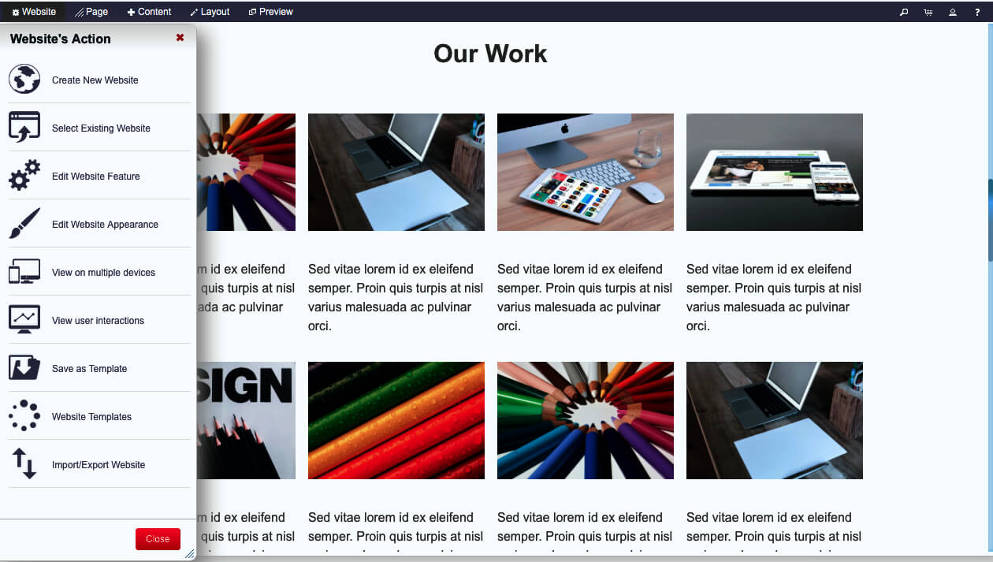


This article talks about OpenShift Pipelines and how this tool can be used as an alternative to a chained build. In the third, we took a look at how to run your app's "development workflow" on Red Hat OpenShift. As a refresher, in the first article, we looked at how to deploy a modern web application using the fewest commands. In the second part, we took a deeper look into how the new source-to-image (S2I) web app builder works and how to use it as part of a chained build.

However, there is new tech that fits in very nicely with deploying modern Web Applications to OpenShift, so part 4 is necessary. When I wrote part 3 of this series, Modern web applications on OpenShift: Part 3 - OpenShift as a development environment, I said that was the final part.


 0 kommentar(er)
0 kommentar(er)
